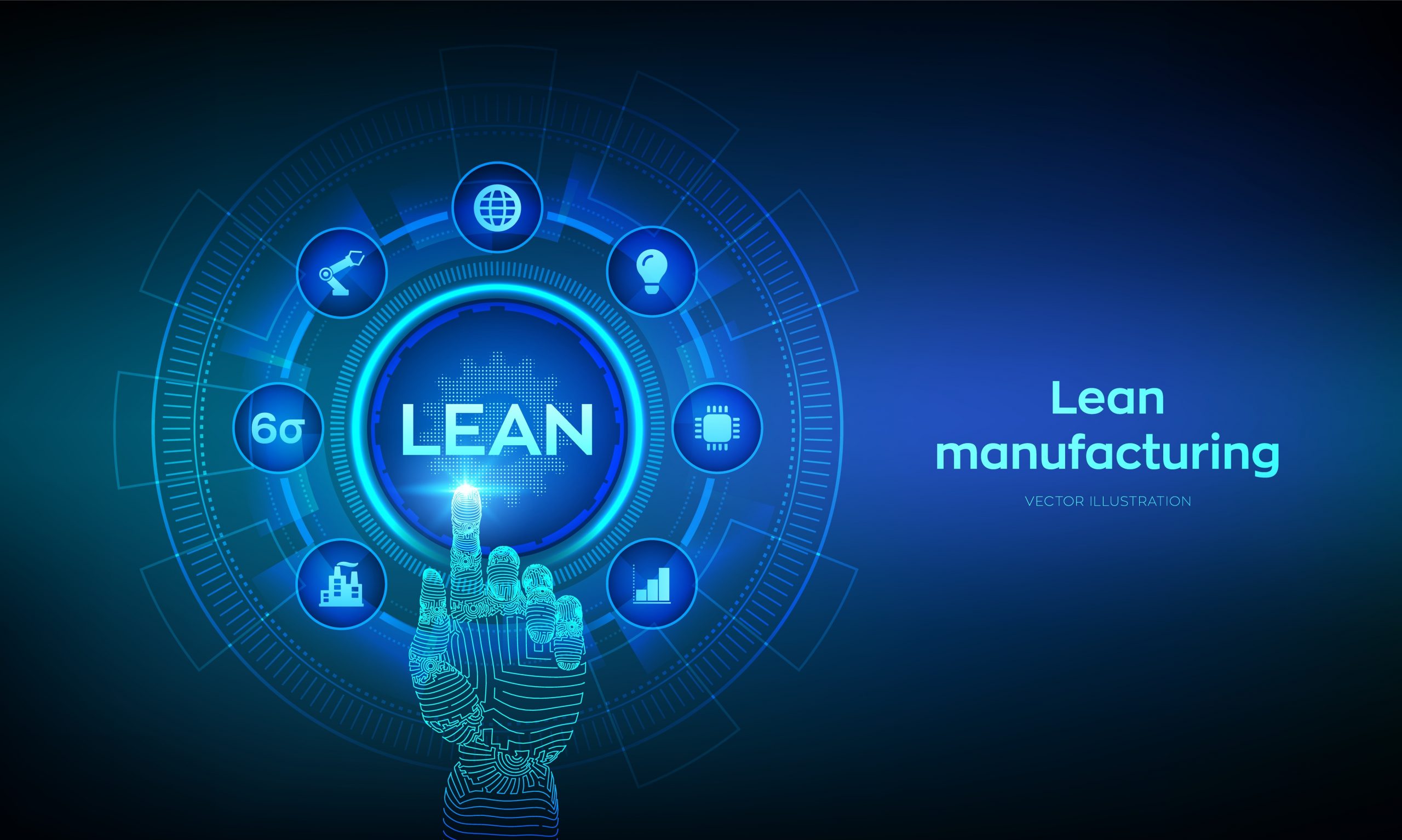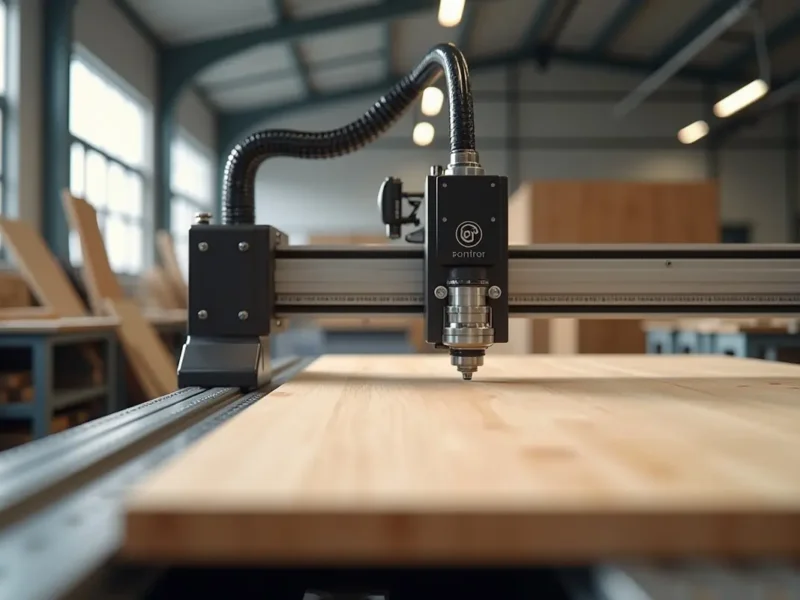Lean manufacturing is a systematic approach to organizational goals through continuous improvement of operational processes. It entails using tools and techniques to deliver value to your market. The primary focus is optimizing the business processes to be efficient in production and cut costs while maintaining top quality on your products and services.
Customers’ sentiments are critical components of lean manufacturing and can determine your business performance in a competitive market. If your target market is unhappy or satisfied with your products and services, you should eliminate them or minimize them. Such an approach can be a metric to either increase production or stop and review your operations. In addition, you can develop a continuous improvement strategy to satisfy your market consistently.

That said, here are four things to know if your company is considering lean manufacturing.
- Principles Underpinning Lean Manufacturing
Lean manufacturing has five underlying principles that help with successful implementation in any industry. Consider the following:
- Definition Of Value: It’s critical to learn what your customers need in a product and find ways to meet those needs. Developing products based on customers’ demands and requirements is the best strategy. You can use qualitative and quantitative techniques to identify and define customer value. In addition, it’s crucial for waste identification and elimination processes as well.
- Mapping The Value Streams: Once you define the customer value, you must map out the streams as they trickle into your business. You can use a visual board to guide your actions to produce goods for your customers. This way, you’ll be able to identify wastes within your processes and focus on delivering quality products.
- Establishing Flow: Your production processes should function seamlessly while maintaining the quality of the final product. It’s a combined effort that requires all the stakeholders in your operations to work together. Plus, any activity that’s not adding value should be avoided at all costs.
- Creating Pull: Inventory management is critical in lean manufacturing. This principle dictates that goods produced must come from an order in the market. Manufacturers using lean production apply Kanban and Just-in-time systems for stock-level management. Kanban uses cards or boards to request products from the production line, while Just-in-time systems will only produce what’s needed.
- Seeking Perfection: Seeking perfection in your product entails continuously improving processes. It’s a methodology to constantly identify and eliminate waste in your processes and products.
- Benefits Of Practicing Lean Manufacturing
Practicing lean manufacturing can boost your business performance in a competitive market. You can achieve the following benefits by strategically using lean production:
- Streamlined Operations: The goal to deliver customer value requires a combined effort from everyone in your organization. By streamlining operations, your workforce will focus on contributing effectively to the purpose and eliminating waste in the processes. It’ll simplify decision-making and encourage proper production planning.
- Productivity And Efficiency: The factory management can leverage stream mapping to identify and eliminate waste from production processes. It’ll remove unnecessary procedures and allow people to be productive and efficient at workstations.
- Maximum Use Of Resources: The pull system enables you to plan effectively and supply only what the customers demand. No holding unwanted inventory or overproduction of goods.
- Effective Workforce Engagement: The perfection of your product relies on continuous improvement. Your workforce must spearhead this approach and generate ideas to improve. Also, you can leverage data and analysis from the market to drive the ongoing improvement process.
- Identified Wastes
There is a consistent method for eliminating the wastes identified in lean production. Any company adopting lean production aims to find and eliminate all sources of waste in the production process. Here are the known wastes:
- Inventory: Purchasing or producing more than you need wastes the value of other business processes. Be guided by the Kanban system for ordering finished goods from the production lines.
- Waiting: In lean manufacturing, the flow principle plays a fundamental role. Keeping customers waiting is not smart, as it can impact business. It also disrupts the processes’ ability to run smoothly and efficiently.
- Transport: Unnecessary supplies, raw materials, and finished goods
- Motion: Unnecessary movement of workforce.
- Defects: Tampering with the quality of products or producing substandard goods.
- Over-production: Producing more than requested by the market.
- Over-processing: Repetitive processing of goods in your operations.
- Human Potential: Misuse of human resources, talent, skills, and time.
- Tools And Techniques Used In Lean Manufacturing
Several tools and techniques used to implement lean manufacturing can vary from industry to industry. You can consider the following for your organization:
- Standard Work: It helps to define the modern best practices of lean manufacturing. The process owners can spearhead this action and identify what improvements apply to their department. The results are always guaranteed if they know the steps to follow.
- Plan, Do, Study, Adjust (PDSA): It’s a systematic problem-solving technique used by process owners to eliminate the matters arising from the market. They create an action plan for problems, roll out a possible solution, compare the results, and adopt the changes.
Applying Lean Manufacturing
Lean manufacturing requires utmost attention to what the customers desire from your product. They can provide feedback that can significantly improve your product performance in a competitive market. Consequently, learning what lean manufacturing principles require is crucial before applying them to your business.



